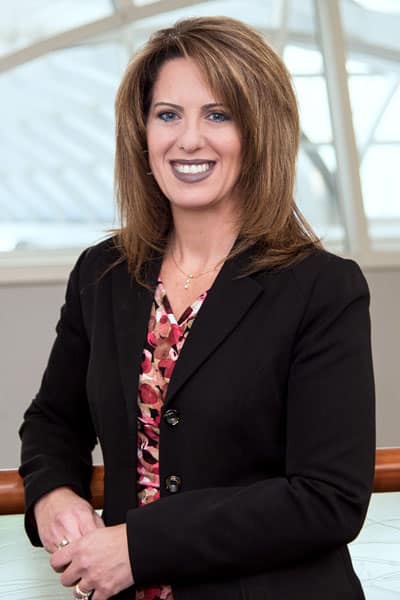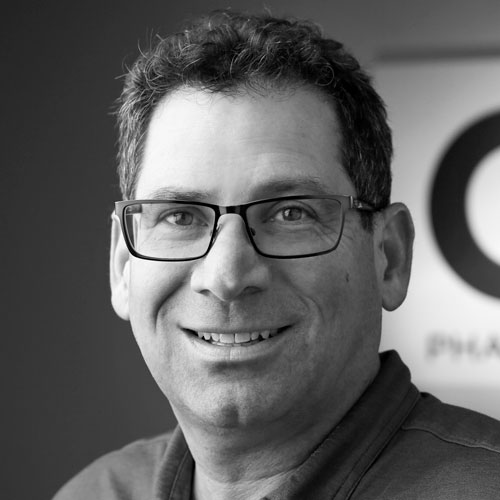Donna Peters loves math. In fact, the IT director of Applications Solution Center at Cincinnati, Ohio-based TriHealth says being able to find a definitive answer fits her personality perfectly. But its simplicity often only exists in the theoretical. “I’m a black-and-white person who lives in a world of gray,” Peters says with a laugh.
The complexities of managing a team of 105, most of whom work remotely, seem to blur colors immediately. But when Peters and her team reviewed their customer service and employee engagement surveys, the data didn’t lie, and Peters knew a change was necessary. Since then, TriHealth has undergone a radical transformation, emphasizing servant leadership and employee engagement—factors that have provided Peters with numbers to smile about.
The spark for TriHealth’s radical IT overhaul was initially the result of a few high-level retirements in 2016. Rather than simply fill vacant staff positions, Peters and the executive director of IT operations, Cathy French, decided to take a step back and reflect on the way that TriHealth’s IT team conducted business.

French, who Peters credits not only as her greatest mentor but also as one of the main reasons that she has been at
TriHealth for two decades, challenged Peters to imagine a completely new way of organizing her team. Peters’s pragmatic approach meant, in her own words, “reorganizing a lot of boxes” on a page. It wasn’t until French literally crossed out all of those boxes and instead drew a circle that Peters really understood the magnitude of the project she was taking on. The way her team interacted needed to transform.
Peters saw good reason for the transformation. After pulling customer service satisfaction numbers, she began to see a theme: too many calls were being transferred, and it was taking too long, sometimes days, to provide the assistance necessary to close those tickets. In addition, employee engagement numbers seemed to indicate that a considerable portion of team members didn’t feel engaged or valued in their positions. It was too much for Peters, who assumed her role in December 2015 and is, admittedly, “crazy competitive.”
“Every competitive bone in my body went into overdrive,” Peters says. “If the data isn’t the strongest burning platform for why we need to make a change, then I don’t know what is.”
Encircling that page of boxes suddenly seemed to make sense. It was time to tear down walls that, while emphasizing specification and singular expertise, were leading to no single individual feeling responsible for the overall customer experience. “The doctor who calls us doesn’t care what the product is. If the experience isn’t working, then they don’t want to hear about our problems,” Peters says. “They just want help as quickly as possible.”
The goal, then, would be to train team members to take ownership of the entire customer experience, not just their specific purview. “The ‘that’s not mine’ mentality no longer existed,” Peters says. “That was world-rocking.”
The widening of responsibility and scope was not one that Peters or French took lightly. The night before they would meet their entire team with the restructuring news and after attending a conference, the two sat up until the early hours of the morning in a hotel room in Las Vegas trying to understand the plan’s implications for every single member of their team. “That was our big Vegas experience,” Peters says with a laugh. “Eating junk food in a hotel room and trying to see this from every possible person’s chair.”
While realizing that shift might be difficult, Peters says she wasn’t quite ready for the magnitude of the transition. Within three months, 13 percent of the Applications Solution Center’s team left, including colleagues that Peters had come up with through the company. The emotional strain was severe, but Peters says it also paved the way for new hires who were prepared to be more experience-
focused. The infusion of new ideas and talent provided a new foundation rooted in servant leadership. “It was some of the hardest work I have ever done,” Peters says. “But we’re now measuring our ticket closes in hours instead of days.” Customer service scores currently measure at about 93 percent, as well.
Meanwhile, leadership at TriHealth sought to better engage its workforce and build a culture of employee engagement, which focuses on team member recognition. More time at meetings was devoted to recognizing team members’ efforts and accomplishments. “People take pride in knowing that they’re part of our story and journey,” Peters says. “We make sure we keep that front and center every single team meeting.” As service numbers began to increase, Peters says the team took over leadership’s motivational push. Encouraging that positive momentum has become part of the overall culture at TriHealth. Employee engagement scores currently measure at about 92 percent.
Peters says that while pushing ahead, she’s working to ensure that all team members are able to increase their breadth of knowledge so as to be as effective as possible in all aspects of the customer experience. Initially, as team members transitioned to more responsibilities, no employees were sent for additional training outside of TriHealth. The effectiveness of that cross-training and education in-house is a success that Peters hopes to leverage to its fullest capacity as team members continue to broaden their base.
While such a radical transformation meant many long nights and some serious growing pains, Peters is pleased to say the data doesn’t lie. “We’re providing better service to our patients and caregivers, and our team members feel that what they’re doing is meaningful,” she says. Those numbers, at least, are pretty black-and-white.
Photo by Shane Gamble
Oxford provides high-quality staffing and consulting services. Our consultants work with more than 150 hospitals and 165 Life Sciences companies across the US and Europe to help manage their IT, regulatory, engineering, and operational projects. We offer customized solutions for project delivery, engagement management, risk, and quality management.

